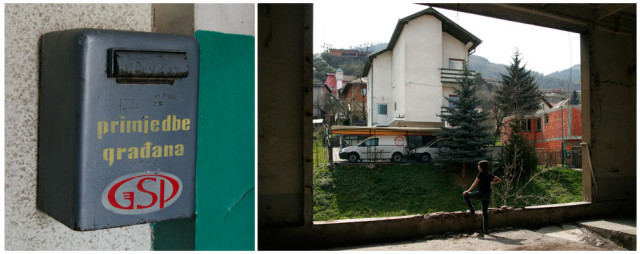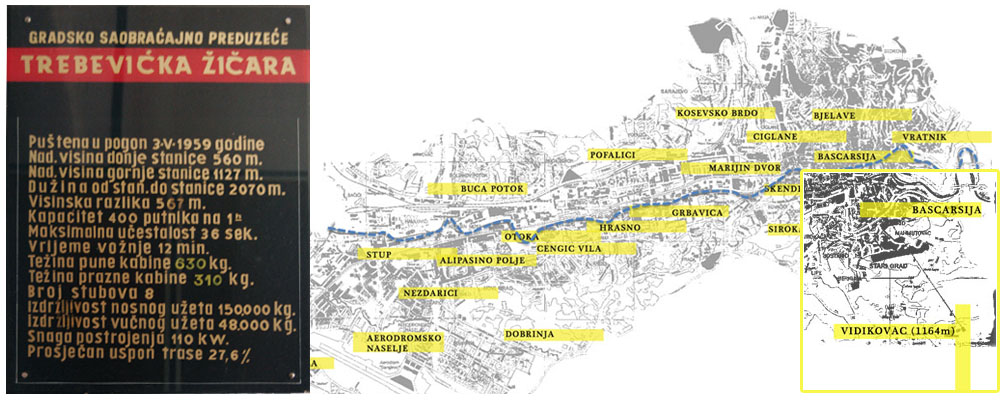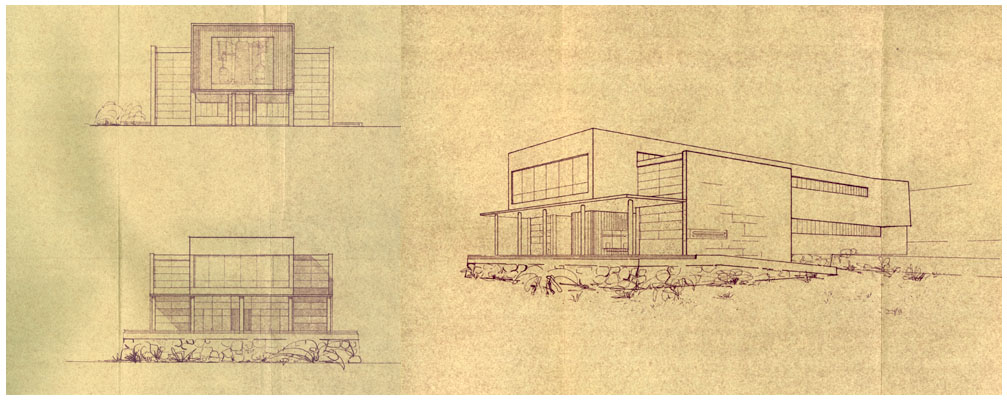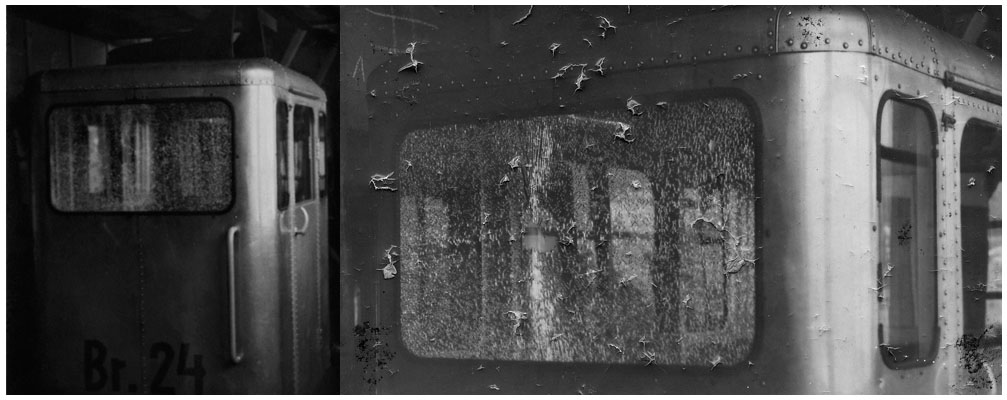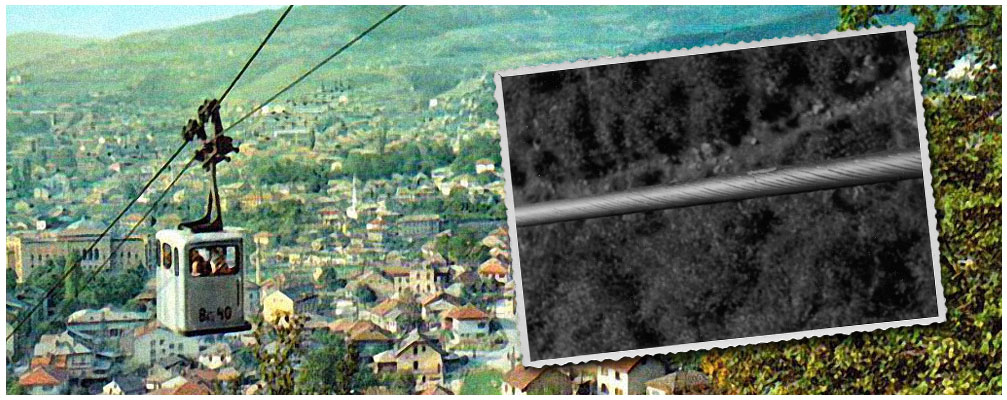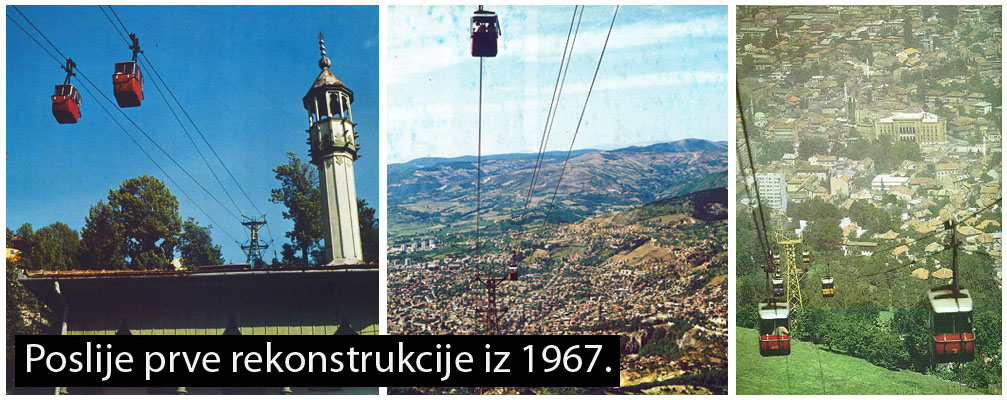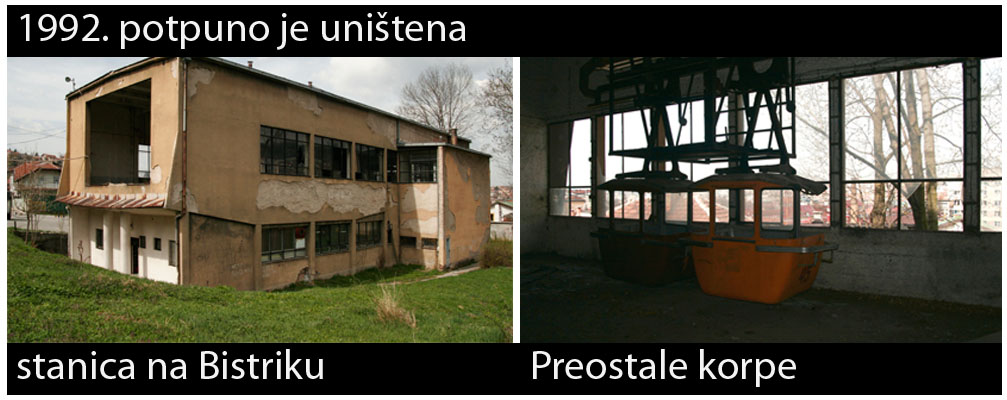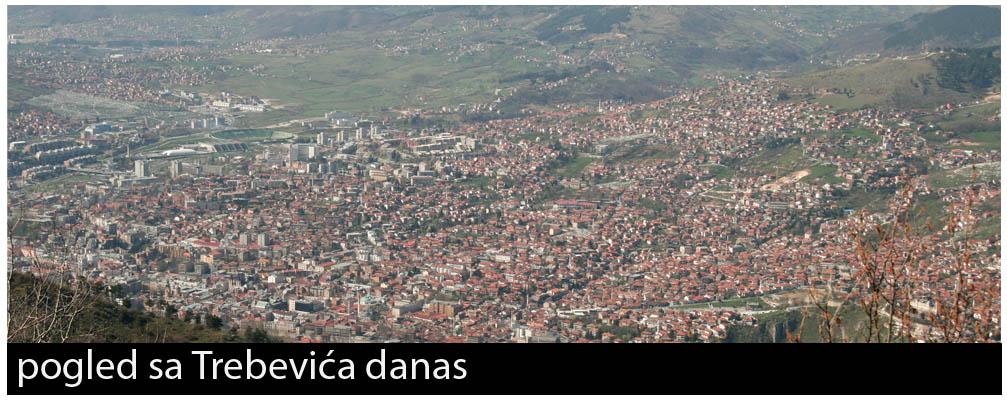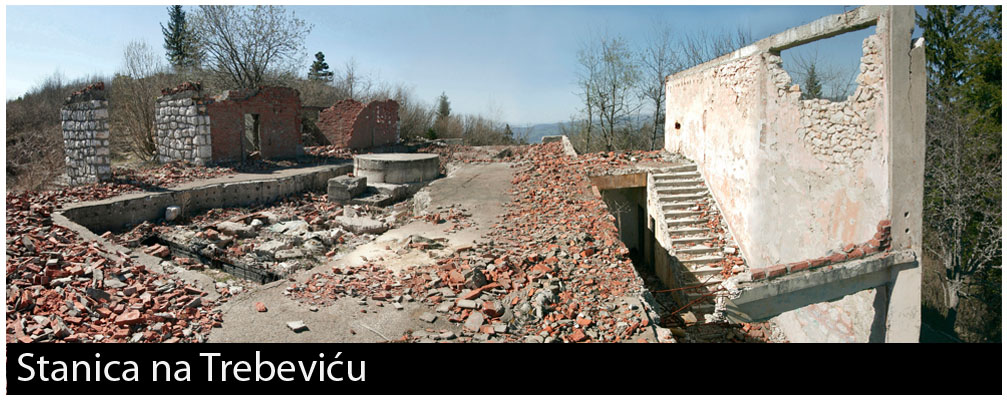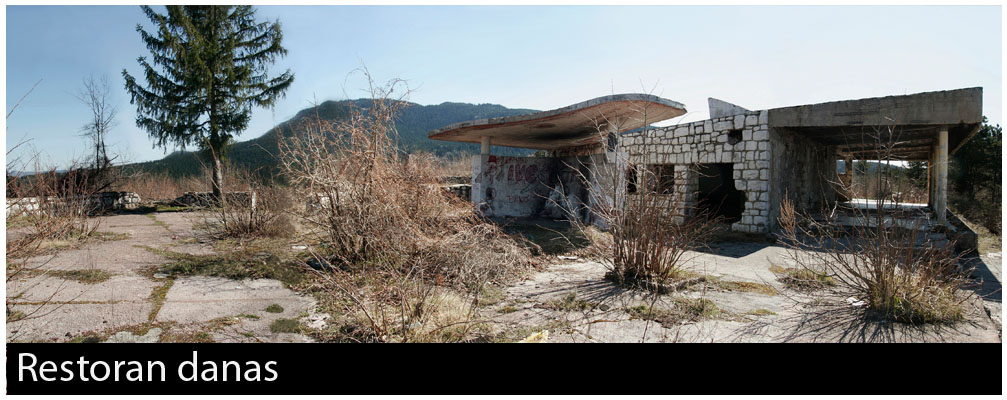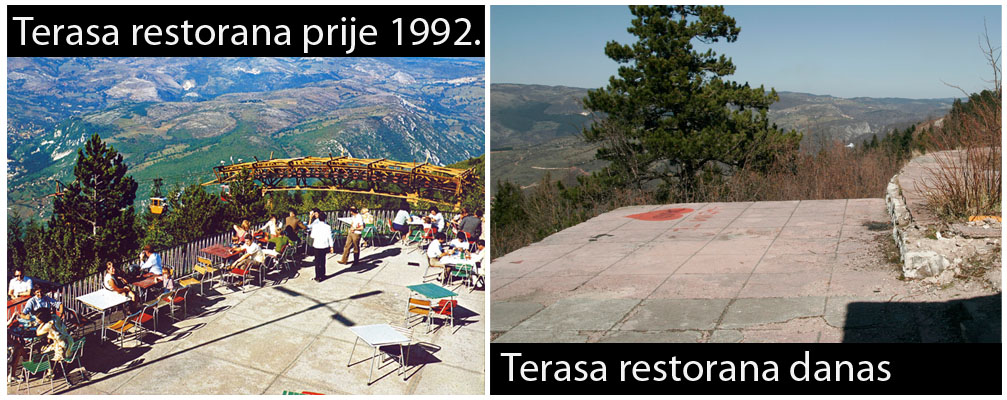Sarajevo… Imagining…
Poetics of Armina Pilav’s research titled “Sarajevo… Imagining…” is undoubtedly utopian and it focuses on Sarajevo Cable Car. At the same time Armina link and unlink mental connections between nostalgia and future ambitions establishing the state of the city as a society which does not know in which direction it moves – past or future. The research on the cable car, mountain Trebević and its (no)connection with the city was incorporated in the project Individual Utopias Now and Then within Sarajevo Cities Log case study.
Out of what urban practice does emerge today’s image of Sarajevo? What is the imaginary Sarajevo?
Armina Pilav
Yesterday:
In order to read the city’s architecture one should reflect on the most important periods in Sarajevo’s development: since 1463 Sarajevo had been a part of the Ottoman Empire; Since 1878 it had been under the administration of the Austro-Hungarian Monarchy; the period between the two World Wars were the years of political uncertainty and architectural stagnation; 1945-1992, as a part of the socialist Yugoslavia the city went through a period of quick industrialisation and urban expansion; Winter Olympic Games in 1984 also contributed to the city’s development, with sport facilities and new urban quarters; 1992-1995, during the war, due to great deal of destruction, Sarajevo suffered significant changes, both physically and socially. The reconstruction started as soon as the war was over, as well as building of new objects all around the city. The city’s image changes daily. Discontinuity of development is visible in every city area, even every street. All of the above mentioned I wanted to say instantly to be able to escape the formality as soon as possible and to start with active observation and reading of Sarajevo’s space.
Today:
My interest in Sarajevo, as well as a desire to feel the atmosphere in different parts of the city, have brought me to a ten-hour walk: From Bijela Tabija to Ilidza. Thus, I realised that Sarajevo is consisted of several islands, each containing its beach – a shopping mall, and remarkable archeological remnants of the pre-war industry. What about human bodies? They see their reflections in new, shiny glass facades and they are happy. Parks are vanishing. Trebevic hill has melted, or drowned. Whether we want it or not, we deal with urban interstice[1]which repeats itself and lasts. Scott A. Bollens in his text named “City And Soul” mentions the inter-entity line between Sarajevo and East Sarajevo as the urban interstice. Beside this politically imposed interstice, we have other urban interstices as results of discontinuity in urban development and demographic changes.
Imagining:
Urban interstice is a variable value of the urban equation. It is open, ready for exchange and challenge, it leads us towards future and creates one of the invisible cities of Italo Calvino[2]. There, we are all equal, it could be that even time has stopped. It is open to criticism , it is perfect and unfinished at the same time. It is quite possible that we as citizens deal better with an urban interstice than urban space itself. Our thoughts and feelings are the most important part of it.
Identification of Urban Interstices
Remark: Urban interstice is not only physical in the sense of materialisation, nor it has exclusively negative connotations.- Sarajevo Cable Car
THE YEARLY SCHOOL PROGRAMME used to say that during the school year two field trips for the students should be made. The first one, in early Fall, smelled like wet leaves and myst. We were gathering at the departing station of the Trebevic cable car at eight sharp. [3]
The cable car started operating in 1959. It used to connect the Old Town and the Trebevic mountain. During the last war its whole infrastructure was completely destroyed. The station building on Bistrik, with its square opening, where the cable cars used to go out from, brings strong emotions and a desire for climbing up. Only two cabins are left in the building, and there used to be 41. They are left by the big windows to look at the city.
The arriving station – Vidikovac, slowly unites with the surrounding vegetation. The view of Sarajevo from a ruined restaurant terrace calls for the past, crashing the emptiness stretching from the city to Trebevic. That space contains our memories of the cable car, mixed with everyday life and the image of future.
The cable car took us to Trebevic. We were leaving the city behind, our beloved city, which we did not love, to which we were indifferent in the same way a newborn was indifferent to its crib. Only the old ones think tenderly of cribs, only those who have seen its death, think tenderly of the city.[4]
Sarajevo cable car, a monument for future generations, one of the city’s symbols, which will soon become a legend or an urban fairy tale. Although it had never been profitable – it covered only around 40% of its costs – it is a subject to unsustainable projects, which envisage 1000 passengers per hour instead of 400 as it used to be. Today, many tourist maps of Sarajevo are sold, which contain a graphic sign for the cable car, so many tourists naturally go to Bistrik in order to get to Trebevic.
The cable car, as one of the urban interstices, apart from beautiful memories it brings, remains open to some concrete activities and utopian travels towards future.
[1] Scott A. Bollens,City and Soul, Sarajevo, Johannesburg, Jerusalem, Nicosia, City, Vol.5, No. 2, 2001.>
[2] Calvino Italo, Le città invisibili, Mondadori, Milano 1996.>
[3] Jergović Miljenko, DVOJNI C, Arhiva DANI, br. 100, 26. April/ travanj 1999.>
[4] Jergović Miljenko, DVOJNI C, Arhiva DANI, br. 100, 26. April/ travanj 1999.>

